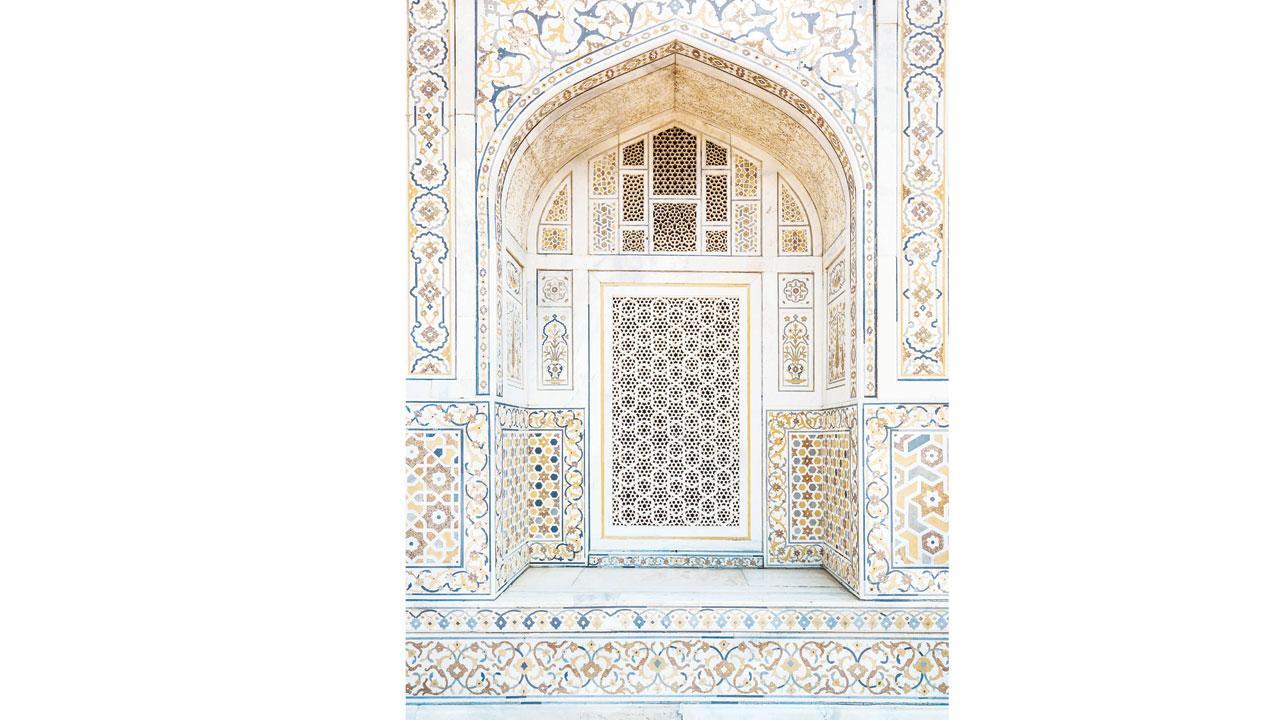Home / Sunday-mid-day / / Article /
Faction of Dawoodi Bohra community opens door of their mausoleum to the world
Updated On: 18 August, 2024 11:58 AM IST | Mumbai | Debjani Paul
In a first-of-its-kind outreach initiative, a faction of Dawoodi Bohra community opens its crystal doors to the world, inviting people of all creeds to visit this mausoleum built in Thane to honour their spiritual leader

The pristine white mausoleum, juxtaposed against the verdant Yeoor hills, features Makrana marble on the outside and Italian marble on the inside. The entire Quran is engraved in gold on the marble tiles inside. Pics/Shadab Khan
The Dawoodi Bohra community, so often shrouded in secrecy, is slowly opening its doors to the world, quite literally. In an effort to promote inter-cultural dialogue and foster communal harmony, the community is now inviting people of all creeds and cultures to visit Raudat-un-Noor (Garden of Light), a mausoleum built in 2022 in honour of Khuzaima Qutbuddin, community leader of one faction of Dawoodi Bohras, in Thane West. Every Sunday, at 5 pm, visitors can embark on a guided tour—in Hindi, English, Marathi or Gujarati—and catch a glimpse of the beautiful architecture and craftsmanship on display at the mausoleum, or Mazar-e-Qutbi, as well as learn about its historical and spiritual background.

Shabbir Bhaigora, executive director of the guided tour at Raudat-un-Noor, begins the visit with a brief history of the community




